Samphire Plant
Samphire, a perennial, prefers full sun and well-drained sandy soil. It's fast-growing and thrives in moist to wet conditions.
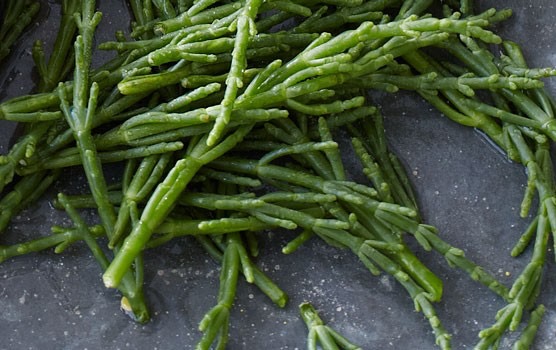
Habit
Perennial
Height
10-50 cm
Growth
Fast
Soil
Saline, sandy loam
Shade
Full Sun
Moisture
Moist to wet
Edible
Yes
Medicinal
Yes
Origin
Coastal Europe
Climatic Condition
Coastal, Saline
Temperature (°)
10-30°C
Humidity (%)
50-80%
Potting media
Saline soil
Fertilizers
Minimal
Watering
Moderate
Plant Weight
50-200 g
Flowering Time
Spring to Summer
Soil Ph level
7.0 - 9.0
Water Ph level
7.0 - 9.0
Soil EC
1-2 dS/m
Yield Per Plant
500-800 g/plant
NPK ratio
10:10:10
life Span
Perennial
Health Benefits
Edible, rich in minerals
Suggested Grow Media or Potting Mix ?
50% loam, 25% compost, 25% sand
Suggested Fertigation/Fertilizers
Fertilize every 4 weeks with a balanced fertilizer.
Common Diseases and Remedies
Leaf Rot, Wilt, Dark Blotch.
Yellowing and wilting of leaves, brown spots, stunted growth
Crop rotation, neem cake as soil amendment
HEALTH BENEFITS
1. High in minerals, vitamin C, and antioxidants.
2. Supports digestion and liver health.
What Is An Samphire?
Samphire is the name of a group of succulent, salt-tolerant plants (halophytes) associated with water bodies. Rockspring (Crithmum maritimum) is a white coastal flower native to Ireland, England, and the Isle of Man.
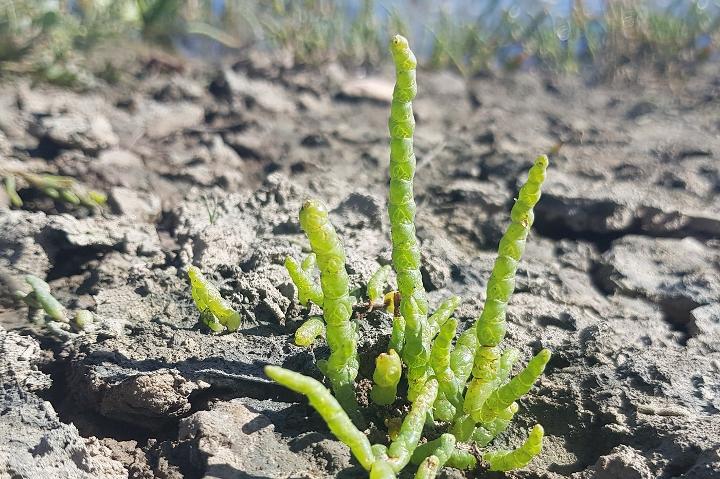
What Are The Different Types Of Samphire?
1. Swamp Samaritan
Swamp Spring Ash is a source of sodium carbonate (also known as soda ash), which is used in the manufacture of soap and glass (hence its former name "Sunfire" "was). In the 14th century, glassmakers worked in workshops near the growing areas. That's because glass was closely tied to their work.
2. Fersenkuere
Chrismum is a species of Chrismum maritimum, a type of flower in the Apiaceae (Carrotaceae) family, and is also known as Fersenkuere, sea fennel, or samphire. The name "samphire" is also used for several other unrelated succulent halophytes. Christmas is an edible plant.
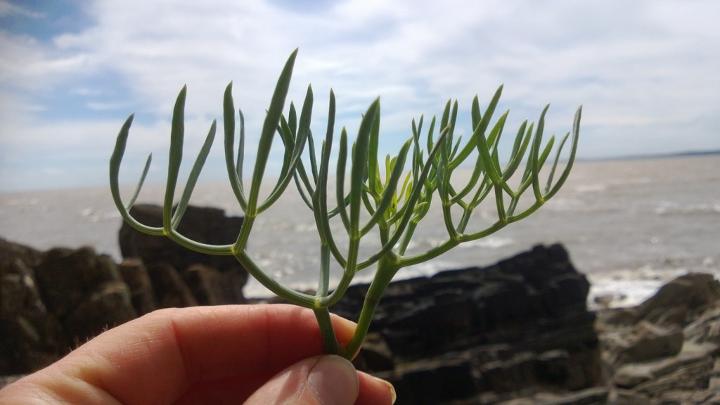
How To Care For Salsify?
1. Location
Saint Pierre History "Saint Pierre" is a corruption of the French "Saint Pierre" and is named after Grasswort, the patron saint of fishermen. . This is because the first plants planted on the salt-dusted rocks along the coast were named after Saint-Pierre. . Nordic and wetland coasts.
2. Sunshine
Without enough sunlight, grasswort will have difficulty growing and will lose its leaves. For the best growth potential, place it within 10 feet of a south-facing window.
3. Soil
Sow in moist compost or well-drained soil from March to May. Do not let the soil or compost dry out completely. Sunfeel prefers a sunny, wind-protected location and tolerates most soil types. Grasswort can be grown in containers or in rock gardens.
4. Hydration
Samphire requires 0.8 cup of water every 9 days when kept in a 5.0 inch pot and protected from direct sunlight. Use our watering calculator to customize watering recommendations for your environment, or download Greg's calculator to get the best recommendations for all your plants.
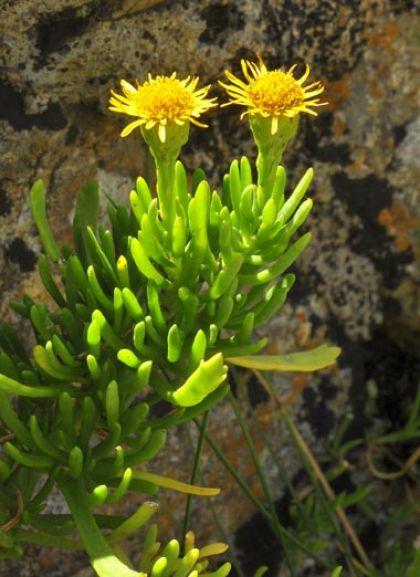
5. Nourishment
An NPK ratio of 4:2:1 (N:P2O5:K2O) is generally considered optimal and can be used for conservation of food crops across the country.
6. Issues
Without enough sunlight, grasswort has difficulty growing and loses its leaves. For the best growth potential, place it within 10 feet of a south-facing window. Choose your region to see how the current climate in your area affects the placement of grasswort in your home.
What Are The Benefits Of Salsify
Promotes digestion. Sunfire is a source of fiber. Sunfire has a positive effect on human digestion.
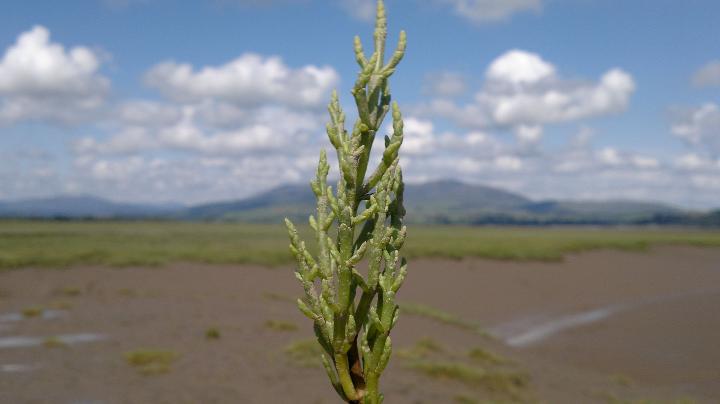
FAQs About Growing Salsify
1. Characteristics of the samphire plant?
Samphire is the name of a number of fleshy, salt-tolerant plants (halophytes) associated with water bodies. Rockspring (Crithmum maritimum) is a white coastal flower native to Ireland, England, and the Isle of Man.
2. Where are samphire plants commonly found?
Salicorum is a vigorous light green tree that grows in dense clusters along coasts and salt marshes. This halophyte (a plant that grows in high-salinity environments) has fleshy, gnarled stems that can reach 30 centimeters in length. Explosions are occurring all over the world.
3. What are the details of Sunfire Plant?
Scientific name: Samphire. Wild pampas grass, also known as ``swamp spring,'' is often harvested and eaten.
4. What is samphire used for?
Nutritional value: Salicorum is rich in fiber, rich in vitamins A, C, B2, and D, and contains iodine, iron, calcium, magnesium, zinc, and manganese.
5. How much sunlight does samphire need?
Salsify prefers full sun, but can also tolerate partial shade. For optimal growth, receive at least 6 to 8 hours of direct sunlight per day.

